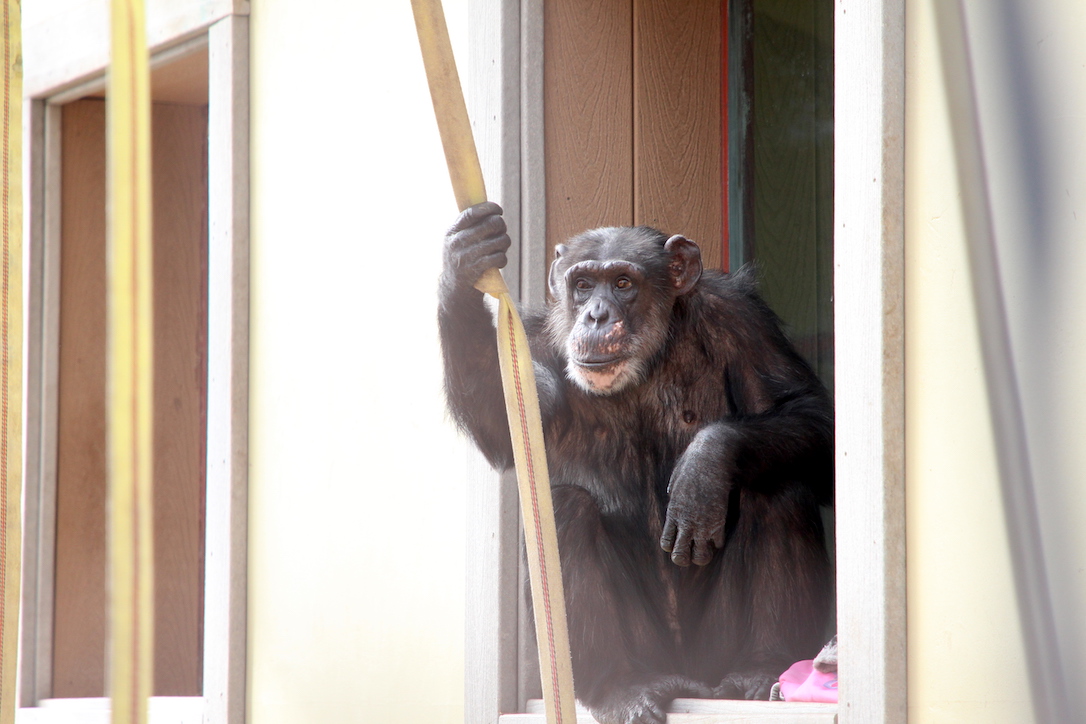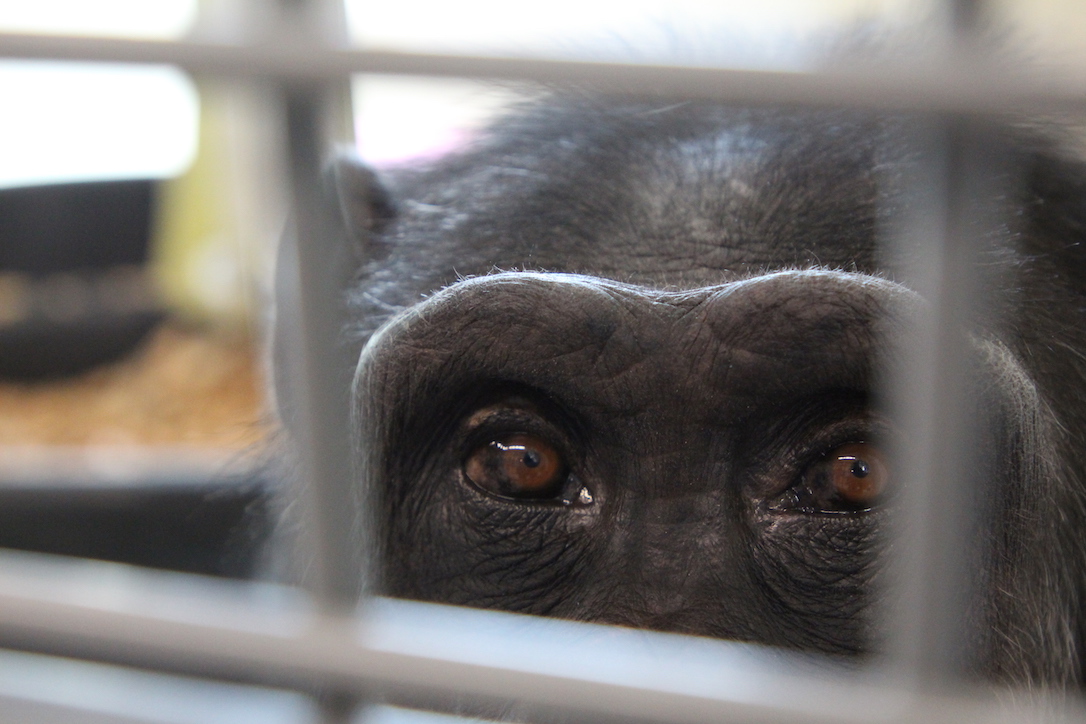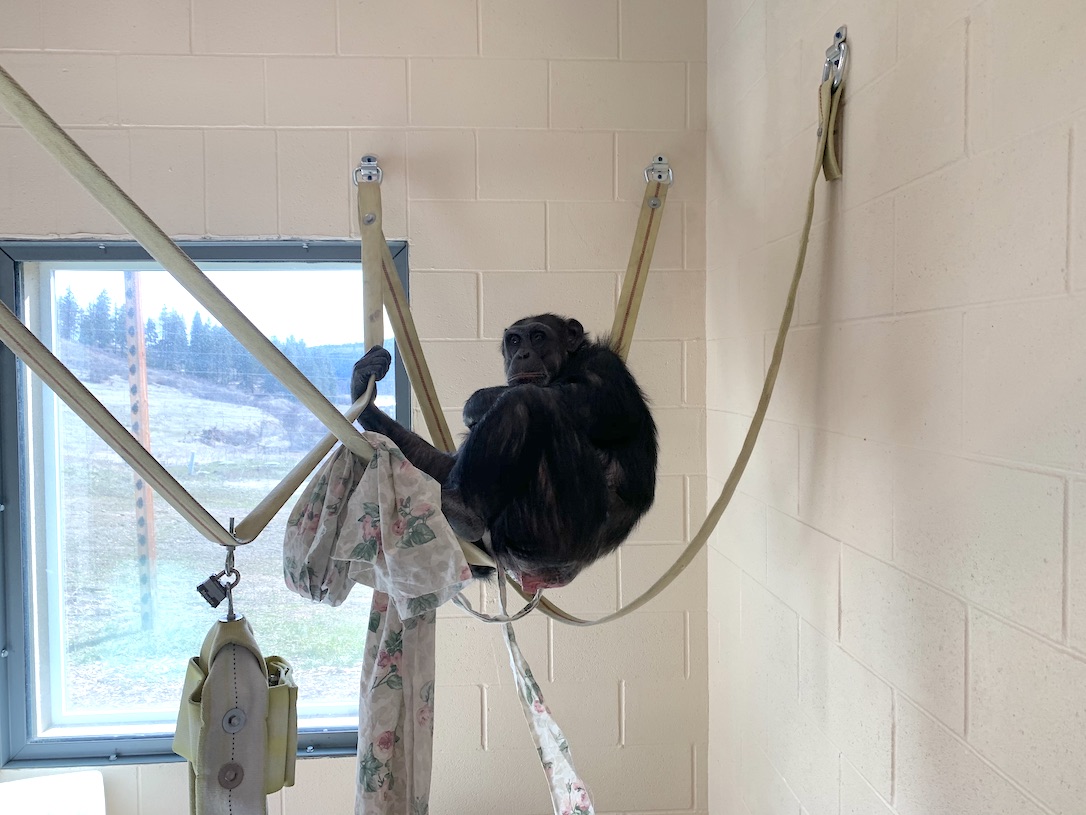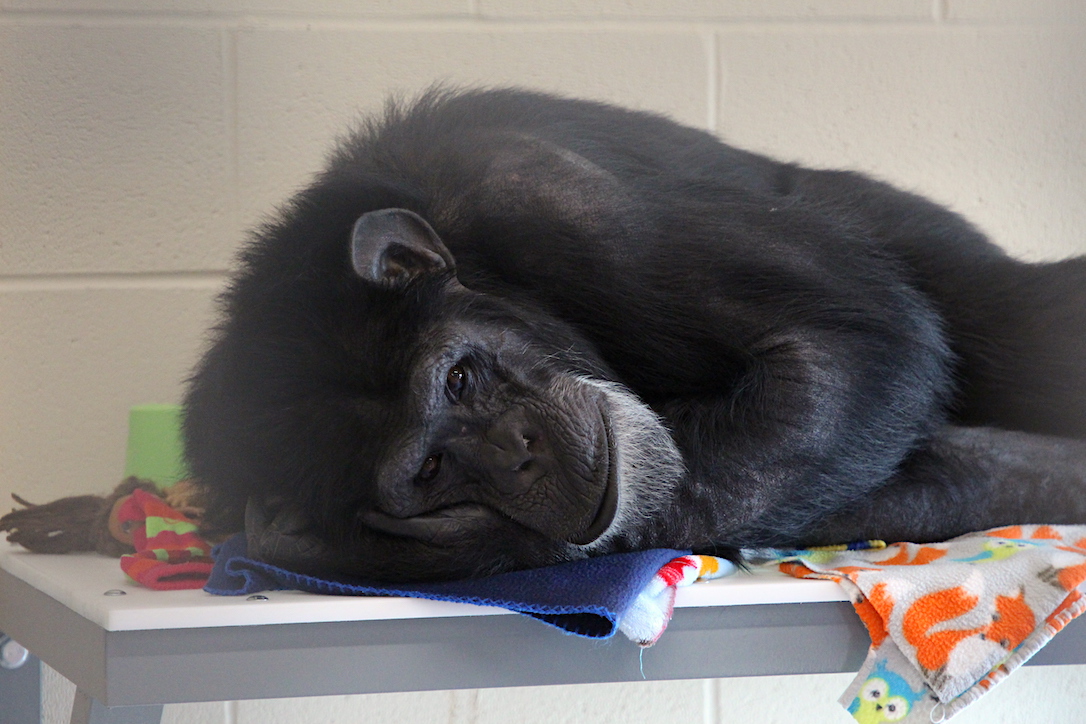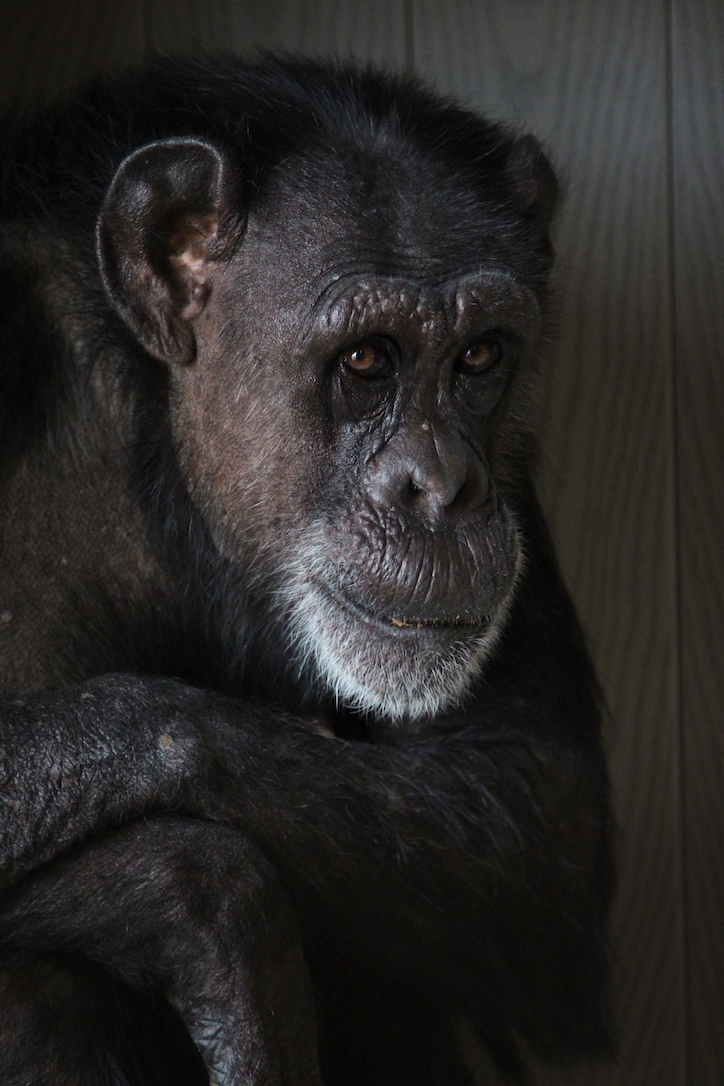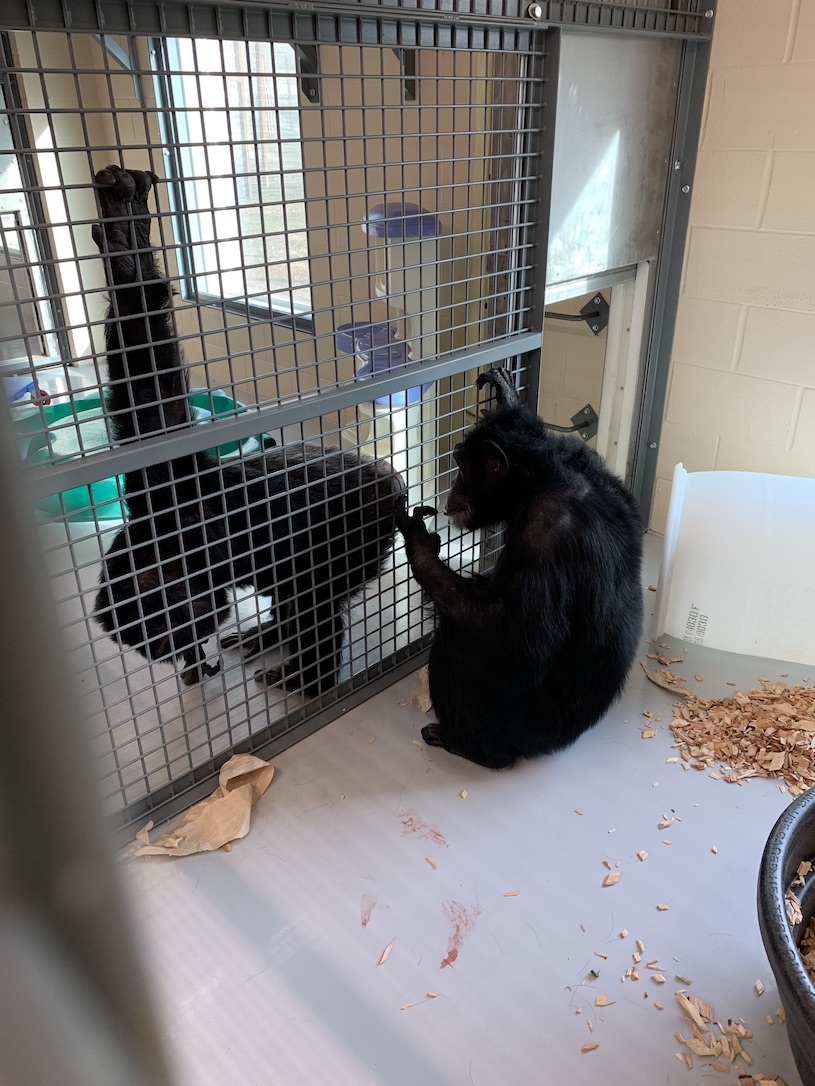To me, if life boils down to one thing, it’s movement. To live is to keep moving.
– Jerry Seinfeld
The relationship between chimpanzees and their physical environment is complicated. In particular, the way that they move around and think about these spaces is impossible to fully understand, but it’s still very important to think about.
As some of you may know, free-living chimpanzees form loose communities that collectively inhabit contiguous areas of land called home ranges. These forested territories are expansive and it is rare to see all (or even most) of a community’s members in the same location at the same time. Instead, each community splits up into small subgroups, often referred to as parties. In such a system, each individual has the capacity to split from its current party, go solo, or join a new one at any time. These changes occur over the course of minutes, hours, days and even weeks, so that chimpanzees in the same community may go a fortnight without seeing each other or, conversely, may spend most of their time traveling together. Although the ability to transfer between different communities is limited to young adult females, all mature chimps can generally associate freely among their community’s subgroups.
The patterns in which individuals associate with one another across space and time are known in the scientific community as fission-fusion dynamics and are influenced by diverse biological factors such as resource availability, habitat quality, mating prospects, social ranks, individual personalities, community demographics, and the potential risk of violence. Even with all of these variables in the mix, there is one rule that governs chimpanzee society:
Each chimpanzee gets to make choices.
In captive settings, chimpanzees are subjected to space restrictions that inhibit their ability to move freely across the landscape. Historically, chimps were often housed alone in tiny steel cages that inhibited most, if not all movement. Today, many modern sanctuaries allow their chimpanzee residents to roam across large outdoor habitats. Even in the best of these controlled environments, however, there are always artificial barriers that limit where the chimpanzees can go. Therefore, we sanctuaries are challenged to securely contain chimpanzees while minimizing the effect that such confinement has on their overall experience.
Of course, the Chimp House at CSNW provides the chimpanzees with the security and comfort that comes with warmth, shade, cover, food, enrichment items, and so on. Critically, it also gives the chimpanzees the opportunity to move among several adjoined spaces at will. For example, as volunteer Miranda was serving today’s breakfast to the chimpanzees in the Greenhouse, Jody split off from the group and chose to sit alone in one of the adjacent indoor spaces for a short while. It was her choice to distance herself from the others, for whatever reason. Whether a primatologist would actually call this a fission event or not would depend on their parameters, since distinguishing emergent patterns from such complex social dynamics inevitably requires arbitrary rules. Even though it’s doubtful that Jody would care about the semantics of it all, she’s probably well aware of the benefits offered by the ability to move to a different space. Perhaps she even appreciates it.
Subjectively, it’s clear that the chimpanzees at CSNW associate in patterns that parallel the fluid communities of their wild counterparts. As evidence of this, we caregivers witness many moments of separation and reunion that occur dozens of times each day among all of the chimpanzees. Sometimes they are marked by dramatic greetings or observable tension, but most of these simple moments pass without conflict or celebration. It may seem mundane, but this constant flux is the foundation of chimpanzee society and is presumed by many behaviorists to be a key component of their welfare. I would even argue that freedom to choose one’s physical and social surroundings, along with protection from exploitation and abuse, is the most important aspect of sanctuary life.
Today, the chimpanzees were fissioning and fusioning (or is it fusing?) all over the place. It’s often challenging to predict where a chimpanzee will be at any given time, but those of us who spend a lot of time in the Chimp House do get a sense for their individual preferences. Each chimp seems to have their own favorite spots for each time of day, activity, or mood. Please enjoy the following photographs from today of the chimpanzees doing whatever they wanted to do, wherever they wanted to do it.
